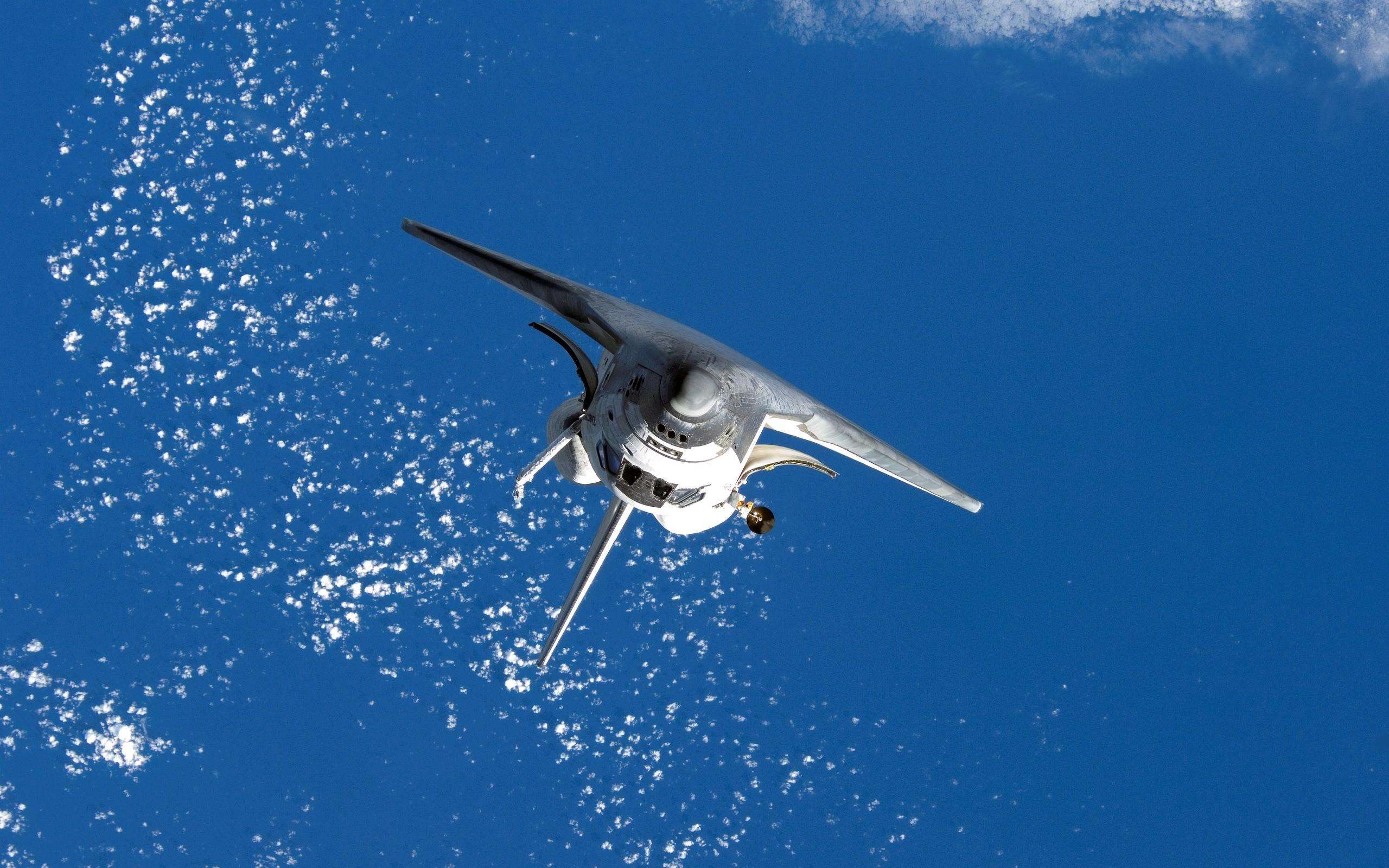
It all started in the early 1990s, when German engineer Paul Mirow was working on Europe’s Hermes spaceplane at Technical University Berlin. Hermes was planned as a reusable manned vehicle launched on Ariane 5.
To map the pressure distribution on the wings as Hermes returned through the atmosphere, a new sensor was needed because regular instruments were too bulky and added unrealistic drag. So Paul’s team turned to a special ‘piezoelectric’ foil to do the job.
Piezoelectric materials have a special property that converts physical effects like vibration and pressure into minute electric pulses. “It takes movement, forces or vibration, and turns it into an electrical signal,” Paul notes.
In foil form, piezoelectric materials can serve as extremely lightweight sensors, able to cover an entire surface without distorting the results by adding drag.
“The piezoelectric foil is very thin, about 30 microns – a third of the thickness of a human hair,” explains Paul.
While other types of sensors create obstacles, with these piezoelectric foils, “You can just glue it to the surface, without creating any disturbances in the structure.”
The tests of Hermes’ wing in a hypersonic wind tunnel went well, and in 1995 Paul and his partners decided to adapt their piezoelectric foil for terrestrial applications.
One was even created for a dental company: “We painted a tooth with piezoelectric paint so they could measure the forces created by the toothbrush on the molar.”
